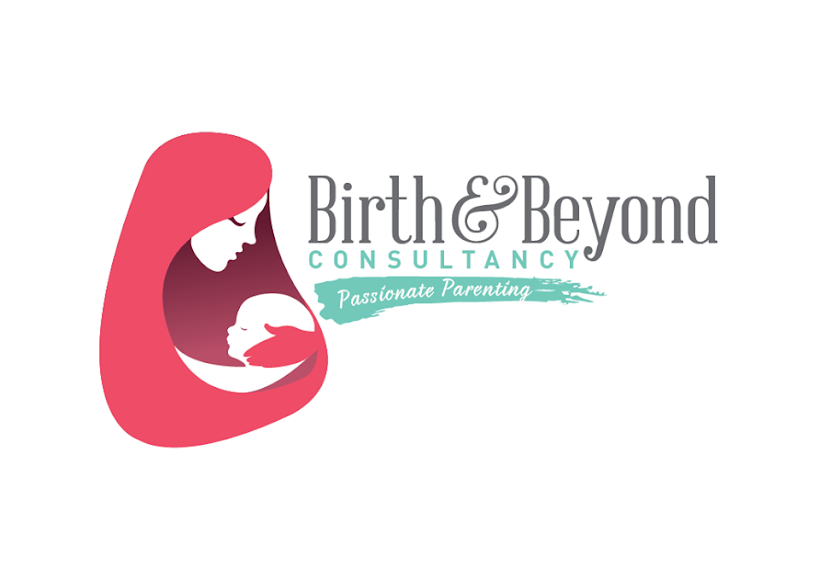Comparison of Human Milk and Formula
Friday 31 May 2013
Physiology of Breastmilk Production
Phase 1: Lactogenesis (Production of Milk)
COLOSTRUM is a special milk that looks thick, sticky and yellowish.
Colostrum is produced starting from 16 weeks period of gestation. During pregnancy, the hormone PROLACTIN is readily available in the bloodstream, but it does not produce milk due to inhibitory effects from progesterone, estrogen & Human Placenta Lactogen (HPL).
Soon after birth, all these inhibitory factors decline abruptly, leaving the hormone PROLACTIN to do it's job (produce milk).
During the first days after the birth a woman produces colostrum that looks thick, sticky and yellowish. It is only in very small amounts, but is just perfect for your new baby.
Benefits: -Contains large quantities of antibodies and growth factors.
-Enhances the development of the baby’s gastroIntestinal tract
-Natural antibodies act like a first immunization.
-Colostrum has a laxative effect which helps the baby to pass the meconium (the first stool) and helps prevent neonatal jaundice by clearing bilirubin from gut.
This is the milk which some refer as `Susu Basi' or `Stale Milk' because of the yellowish colour and thick consistency. Little do they know that this is the most precious droplets of breastmilk.
| Changes of Breastmilk over time |
Phase 2: Lactogenesis 2 (Increase in Breastmilk Production)
During the following 2 to 10 days, the milk, also known as `TRANSITIONAL MILK' increases in quantity and changes in appearance and composition. Milk may still look yellowish due to colostrum content.The immunoglobulins and protein contents decrease whereas fat and sugar contents increase.
This is the period where it is called `Milk Coming In' .
Phase 3: Galactopoeisis (Production of Mature Milk)
Mature milk looks thinner and more watery than cow's milk. Mature milk changes during the length of a single feed to exactly suit the needs of a baby.

Foremilk is the milk that flows at the beginning of a feed is low in fat and high in lactose, sugar, protein, vitamin, minerals and water. As the feed goes on, the milk changes to contain more fat and less sugar (hindmilk).
This is why we have to ensure that whenever we breastfeed, empty one side properly. If need, feed baby on the other side. If baby is satisfied with only one breast, express the milk from the other side.
What happens if you baby gets only foremilk?
-Baby might be less satisfied, gets hungry again fast due to not receiving enough fat content from hindmilk.
-Baby might get tummy upsets and altered stool patterns.
This is why we have to ensure that whenever we breastfeed, empty one side properly. If need, feed baby on the other side. If baby is satisfied with only one breast, express the milk from the other side.
What happens if you baby gets only foremilk?
-Baby might be less satisfied, gets hungry again fast due to not receiving enough fat content from hindmilk.
-Baby might get tummy upsets and altered stool patterns.
Anatomy of the Breast & How Breastmilk is Produced
- The normal, pendulous form of the lactating breast facilitates comfortable positioning of the baby in the arms of the mother and easy latching for the infant cradled beneath the breast.
- The secretions of the Montgomery's follicles on the areola guide the baby to the breast and stimulate suckling behavior.
- The skin colour of the areola and nipple darken during pregnancy, which may act as a visual guide for the baby.
- Using a wide gape and deep latch the infant will form a teat from the nipple and a large portion of the areola, which will reach to the back of his mouth.
- The flexible and elastic breast tissue facilitates optimal, comfortable lengthening of the breast and nipple to achieve this.
- Inside the breast the thinner layer of subcutaneous fat found around the areola permits the suckling of the infant to more easily stimulate the highly receptive 4th intercostal nerve initiating milk ejection, while the easily compressible ducts can respond readily to the positive and negative pressures exerted during suckling.
- Milk ducts begin branching close to the base of the nipple and temporarily increase in diameter to accommodate the increase in milk volume at milk ejection.
How are Prolactin & Oxytocin stimulated?
In simple words,
-When nipples are stimulated (either from suckling or pumping), it sends a sensory message to the hypothalamus (a structure in the brain) which then sends a sensory message to the pituitary.
-The posterior part of the pituitary then produces prolactin which works on Gland Cells in the breasts to produce milk.
-The anterior part of the pituitary produces oxytocin which works on the surrounding muscle cells to contract (hence causing milk flow).
More stimulation --> More hormones --> MORE MILK!
Hope this was informative :-)
Subscribe to:
Posts (Atom)






